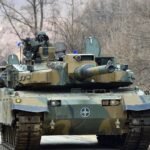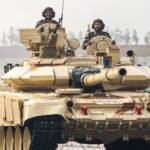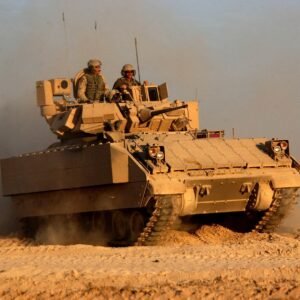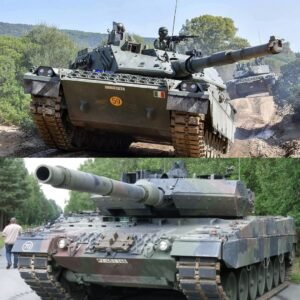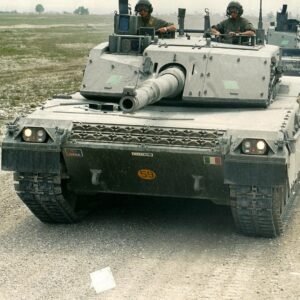The Challenger 2 Tank is a British-made main battle tank that has served as the backbone of the British Army’s armored forces for over 20 years. Built by the British defense company BAE Systems, the Challenger 2 Tank was first introduced in 1998, and it has since earned a reputation as one of the world’s most formidable tanks. In this article, we will explore the features, capabilities, and history of the Challenger Tank.
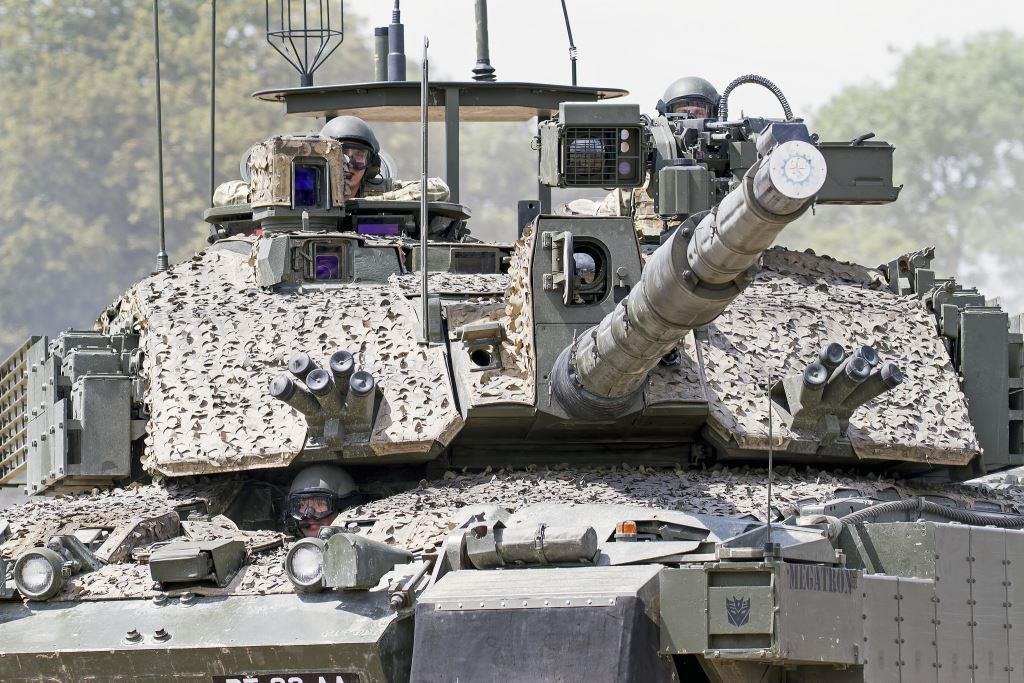
I. Design and Development
The Challenger 2 tank was designed and developed in the late 1980s by Vickers Defence Systems (now BAE Systems Land & Armaments) as a replacement for the Challenger 1 tank. It features a steel-welded hull with a composite armor structure, hydropneumatic suspension, an advanced fire control system, and a Perkins CV12 TCA diesel engine producing 1,200 horsepower. The tank underwent extensive testing and evaluation, resulting in a highly effective and reliable combat vehicle. The Challenger 2 remains in service with the British Army and has seen action in several conflicts.
General Specification
| Specification | Details |
| Crew | 4 (commander, gunner, loader, driver) |
| Weight | 62.5 tonnes |
| Length | 11.55 m |
| Width | 3.51 m |
| Height | 2.49 m |
| Main armament | 120mm L30 rifled gun |
| Secondary armament | 7.62mm L37A2 machine gun, 7.62mm L94A1 chain gun |
| Engine | Perkins CV12 TCA diesel engine, 1,200 hp |
| Power/weight | 19.2 hp/tonne |
| Suspension | Hydropneumatic |
| Speed | 59 km/h |
| Range | 450 km |
| Armor | Chobham composite armor |
| Operational range | Worldwide |
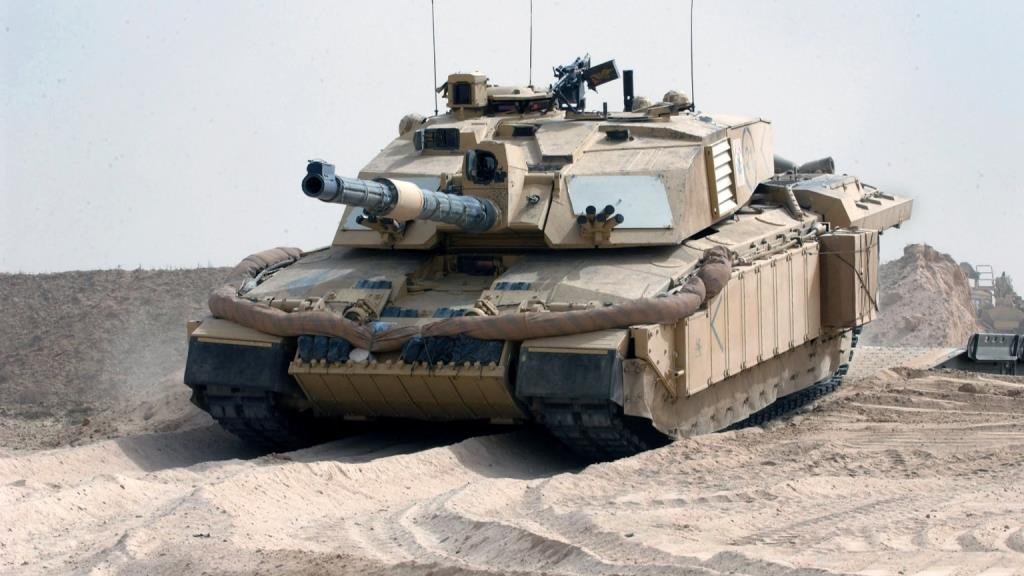
II. Features of The Challenger 2 Tank
The Challenger 2 Tank is a formidable machine that is designed to take on any enemy on the battlefield. It has several key features that make it a force to be reckoned with:
Armament:
The Challenger 2 Tank is armed with a 120mm L30A1 rifled gun, which is capable of firing a variety of ammunition types, including armor-piercing discarding sabot (APDS) rounds, high-explosive squash head (HESH) rounds, and smoke rounds. In addition to its main gun, This Tank is also equipped with a 7.62mm L37A2 machine gun and a 7.62mm L94A1 chain gun.
Armor:
This Tank armor is made of Chobham armor, which is a composite material that is designed to offer superior protection against armor-piercing ammunition and high-explosive anti-tank (HEAT) rounds. The tank’s turret and hull are also fitted with additional armor plates and reactive armor tiles to provide extra protection against missile attacks.
Mobility:
The Challenger 2 Tank is powered by a Perkins CV12 TCA turbocharged diesel engine, which produces 1,200 horsepower. It can travel at a top speed of 59 kilometers per hour (37 mph) and has a range of approximately 450 kilometers (280 miles) on a single tank of fuel.

III. Capabilities of Challenger 2 Tank
The Challenger 2 Tank is designed to provide superior firepower, protection, and mobility on the battlefield. It has several key capabilities that make it a formidable machine:
Superior Firepower:
With its 120mm rifled gun and additional machine guns, the Challenger 2 Tank can take on any enemy tank or armored vehicle. Its gunner’s thermal imaging sight and laser rangefinder make it easy to acquire and engage targets, even at long ranges.
Excellent Protection:
The Challenger 2 Tank’s armor is designed to provide superior protection against enemy fire, and its advanced defensive systems, including a laser warning receiver and smoke grenade launchers, help to protect it against missile attacks.
High Mobility:
The Challenger 2 Tank’s powerful engine and advanced suspension system allow it to travel over difficult terrain and keep pace with other vehicles on the battlefield. Its ability to travel at high speeds also makes it an effective rapid-response vehicle.
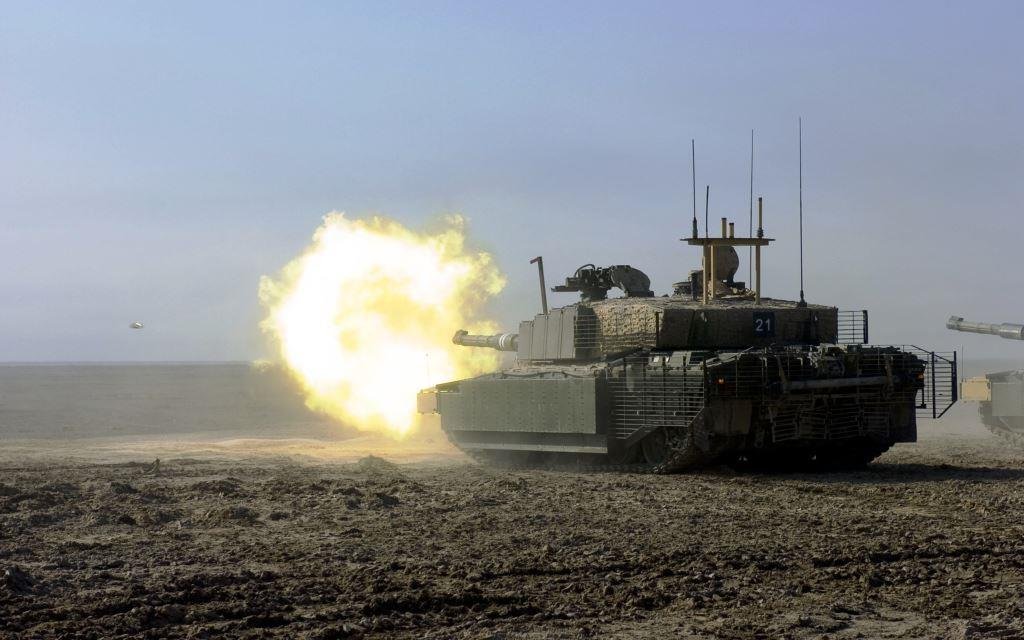
IV. History of The Challenger 2 Tank
The Challenger 2 Tank has a long and storied history in the British Army. It was developed in the 1980s as a replacement for the Challenger 1 Tank, which had been in service since the 1980s. The Challenger 2 Tank was first deployed in 1998 during the Kosovo War, where it proved its mettle against Serbian armor.
Since then, the Tank has seen action in several other conflicts, including the Iraq War, where it played a key role in the British Army’s successful campaign to liberate the country from Saddam Hussein’s regime.
V. Variants of The Challenger 2 Tank
The Challenger 2 is a main battle tank. Although it has undergone several upgrades since its introduction in 1998, there is currently only one variant in active service:
- Challenger 2 (CR2): The standard version of the tank, which has been in service since 1998. It features a 120mm L30 rifled gun, which can fire a variety of rounds including armor-piercing fin-stabilized discarding sabot (APFSDS), high explosive squash head (HESH), and smoke rounds. The tank is also equipped with a 7.62mm L37A2 machine gun and a 7.62mm L94A1 chain gun for use against infantry and light vehicles. There have been plans to upgrade the Challenger 2 with a new turret, improved armor, and other enhancements, but these plans have been delayed due to budget constraints. Some proposed variants include
- Challenger 2 Life Extension Program (LEP): This proposed upgrade would involve replacing the tank’s current turret with a new one that features a more advanced fire control system and an auto-loader for the main gun. The tank’s armor would also be improved, and it would be fitted with new communication and situational awareness systems.
- Challenger 2 Streetfighter II: This variant was proposed as a way to enhance the tank’s urban combat capabilities. It would feature additional armor protection, a remote weapon station for the commander, and a range of sensors and cameras to improve situational awareness.
- Challenger 2 Black Night: This proposed variant would involve upgrading the tank with a new thermal imaging system, improved gunnery systems, and other enhancements to improve its night fighting capabilities.
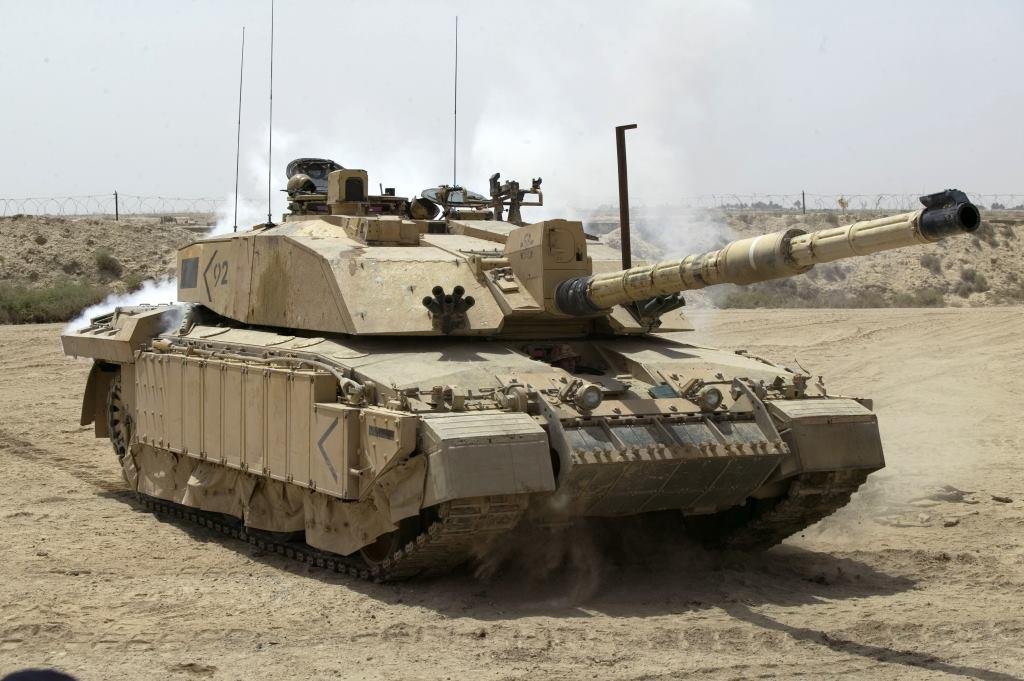
VI. Prototypes of The Challenger 2 Tank
The Challenger 2 tank has undergone several prototype versions during its development. Here are some of the notable Challenger 2 prototype variants:
- FV4034 Challenger 2E: This was the first prototype of the Challenger 2 tank and was developed in the early 1990s. It featured a completely new design compared to its predecessor, the Challenger 1, with improved armor protection and a more powerful engine. The Challenger 2E was also equipped with a new 120mm rifled gun, which could fire depleted uranium rounds.
- Challenger 2 ATDU: This prototype was developed by the British Army’s Armoured Trials and Development Unit (ATDU) in the mid-1990s. It featured an improved fire control system, a new commander’s sight, and enhanced armor protection. The Challenger 2 ATDU was also equipped with a thermal imaging system for improved visibility in low-light conditions.
- Challenger 2 Demonstrator: This prototype was developed by Vickers Defence Systems in the late 1990s as a technology demonstrator for the Challenger 2 tank. It featured a new composite armor system that provided increased protection against anti-tank weapons. The Challenger 2 Demonstrator was also equipped with an automatic target recognition system, which could quickly identify and target enemy vehicles.
- Challenger 2 Megatron: This prototype was developed in the early 2000s by Vickers Defence Systems as a possible upgrade for the Challenger 2 tank. It featured a new turret with a 140mm smoothbore gun, which could fire a variety of rounds including armor-piercing fin-stabilized discarding sabot (APFSDS) and high explosive squash head (HESH). However, the Megatron project was eventually canceled due to budget constraints.
VII. Difference Between Challenger 2 Tank vs Abrams vs Leopard 2A7
Comparing Some Key Specifications of the Challenger 2 Tank, The M1 Abrams, and the Leopard 2A7:
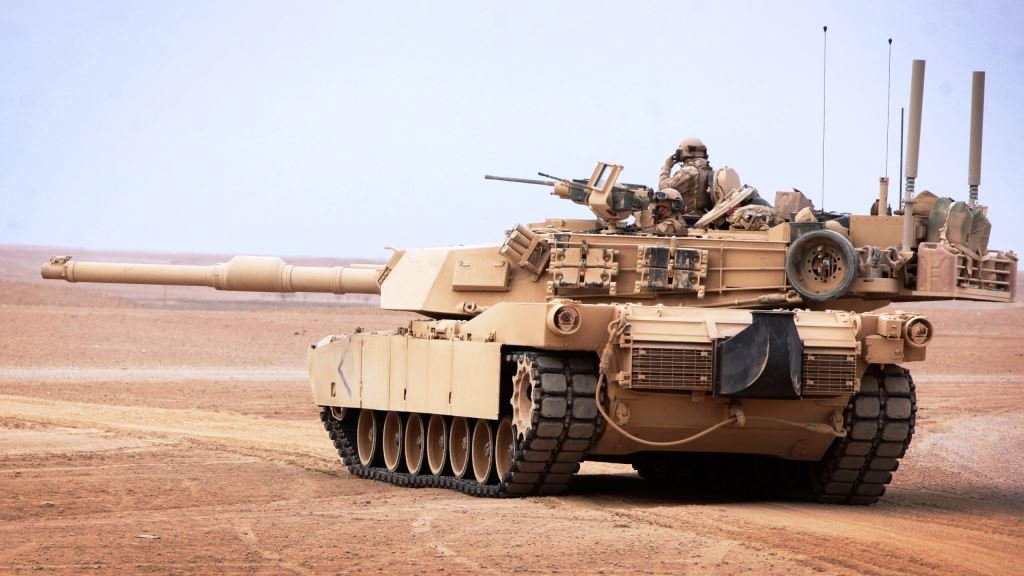
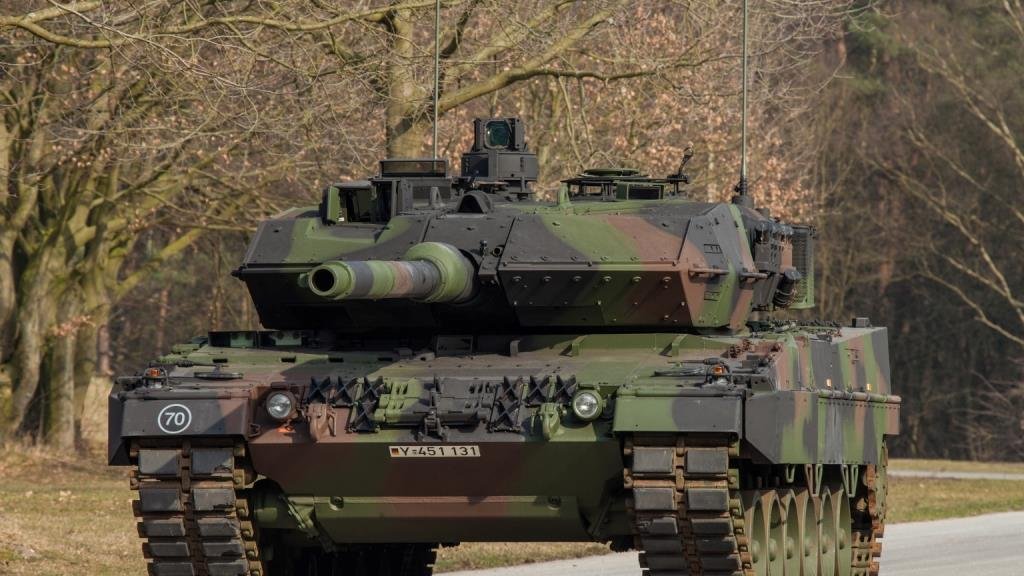
| Specification | Challenger 2 | M1 Abrams | Leopard 2A7 |
| Crew | 4 (commander, gunner, loader, driver) | 4 (commander, gunner, loader, driver) | 4 (commander, gunner, loader, driver) |
| Weight | 62.5 tonnes | 63 tonnes | 68 tonnes |
| Length | 11.55 m | 9.77 m | 10.97 m |
| Width | 3.51 m | 3.66 m | 3.75 m |
| Height | 2.49 m | 2.44 m | 2.49 m |
| Main armament | 120mm L30 rifled gun | 120mm M256 smoothbore gun | 120mm L55 smoothbore gun |
| Secondary armament | 7.62mm L37A2 machine gun, 7.62mm L94A1 chain gun | .50 cal M2 machine gun, 7.62mm M240 machine gun | 7.62mm MG3A1 machine gun, 7.62mm MG5 machine gun, M2HB .50 cal machine gun |
| Engine | Perkins CV12 TCA diesel engine, 1,200 hp | Honeywell AGT1500 gas turbine engine, 1,500 hp | MTU MB 873 Ka-501 diesel engine, 1,500 hp |
| Power/weight | 19.2 hp/tonne | 23.8 hp/tonne | 22 hp/tonne |
| Suspension | Hydropneumatic | Independent torsion bar | Torsion bar |
| Speed | 59 km/h | 67 km/h | 72 km/h |
| Range | 450 km | 465 km | 550 km |
| Armor | Chobham composite armor | Chobham composite armor | Composite armor |
| Operational range | Worldwide | Worldwide | Worldwide |
Do you know about The K2 Black Panther Main Battle Tank?
One More Russian Third-Generation Tank is the Russian T-90 main battle tank.


